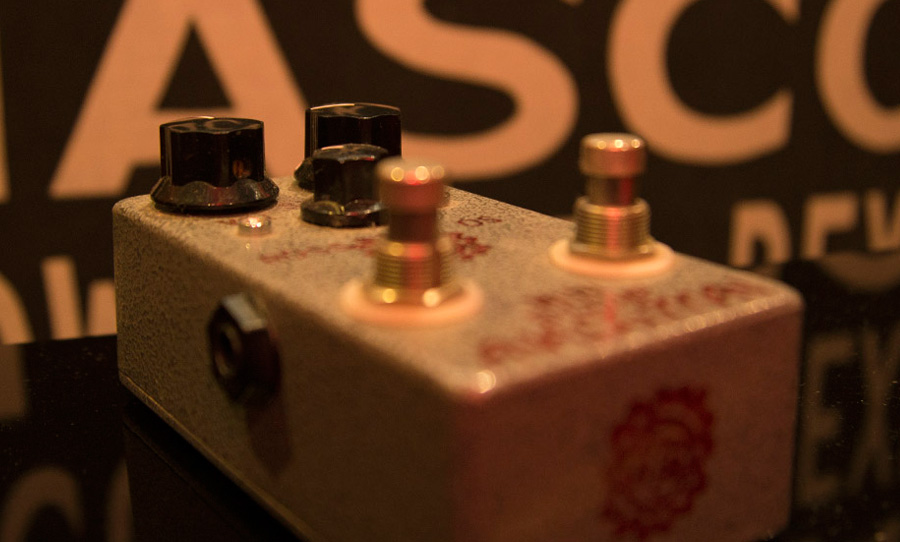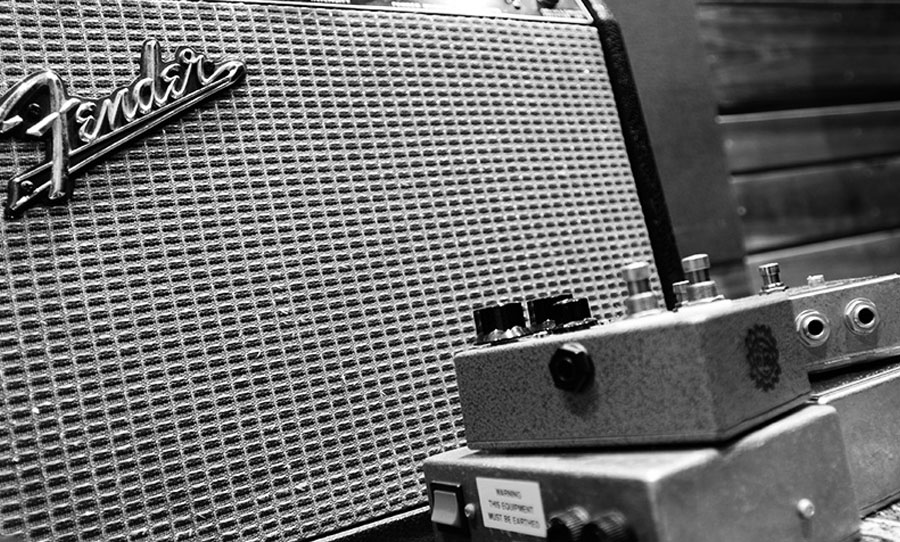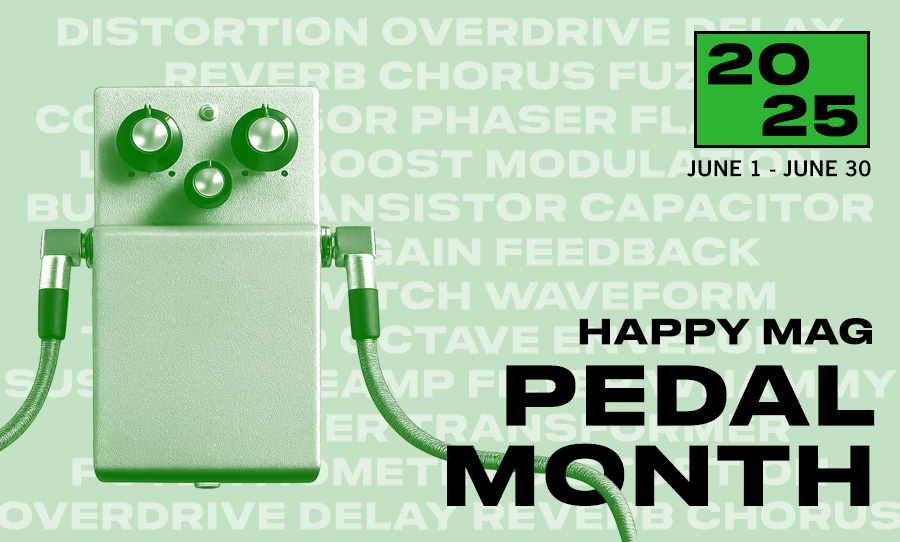Compressor pedals are the kind of effect you need to feel to believe. Here are two of our favourites: the Diamond Bass Compressor and Analog Man Mini Bi Comp.
It’s hard to believe, but there are some folks who haven’t experienced the joys of stompbox compression. Compression plugins are super accurate and flavoursome, and they just keep getting better – so it is quite feasible to create a characterful, compressed tone after recording guitar or bass. Yet, there’s nothing quite like the commitment of printing the tone on the way in.
It can be an addictive and transformative experience – many players would consider the compressor pedal an essential component in their signal chain, but others seldom have considered it. If this is you, we strongly recommend you give one a try.
In this piece, we’ll expand on a couple of our favourites we use in the studio: the Analog Man Mini Bi Comp and the Diamond Bass Compressor. Two very different, yet equally versatile compression options for any effects chain.

The Diamond Bass Compressor
Compressor pedals rarely feature the par-for-the-course controls that you might see on traditional rackmounted hardware, or plugin versions – threshold, ratio, attack, release and makeup gain (one exception we’ve seen of late is the Bondi Effects 2026 – insanely good compressor). Instead, they tend to offer a curated selection of tone-shaping options, and the Canadian manufactured Diamond Bass Compressor is no exception.
Left to right, the knobs control the compression ratio, the tilt EQ and volume. As such, the tools with which you can tailor the sound is not massive, but therein lies its virtue. This is best exemplified in the tilt EQ – with two switchable tilt points (250 Hz and 900 Hz respectively). A lot of the bass frequency spectrum is covered and can be sculpted to create a woofy vintage or dubby sounds around the 250 Hz tilt point, or aggressive cut-through and mid-range punch around the 900 Hz mark. It couldn’t be more simple to operate.
The Diamond specialises in seductive and subtle transient shaping. The optical compressor design throws a smoothing blanket over the groove without making itself too apparent. Even when compressing quite hard, it still maintains a somewhat transparent sustain. For a more distinctively squashing experience and a pedal that isn’t afraid to grip those peaks and leave an indelible mark on your signal. Read on.
Analog Man Mini Bi Comp
Analog Man (aka Mike Piera) has been building and modifying pedals for almost twenty years. Though his pedals fall into the “boutique” category, his reputation for quality and innovation is such that he has been able to maintain a steadily growing career over the past couple decades – always giving a reverent nod to past classics, but not afraid to improve on these designs where he sees fit.
The Mini Bi Comp actually pays tribute to two revered compressors, the sophisticated stylings of the Ross Compressor (left switch) and the psychedelic thump of the Dan Armstrong Orange Squeezer (right switch).
Both options can be used separately or in series, with the Orange Squeezer first in the chain. In terms of operation, things are even simpler here than with the Diamond. In fact, you only have one knob available on the face of the pedal for each compressor style – volume.
The little sustain knob in the middle controls both the Ross and the Orange Squeezer (with the Ross the effect of sustaining is to add further length to a gently attenuated attack, on Orange Squeezer mode, there is more of a noticeable bloom as the natural tendency of that pedal is to aggressively “suck in” the initial transient).
The attack of the Ross can be adjusted by opening up the pedal and tweaking a small pot on the circuit board. The default setting is in the middle and identical to the original Ross compressor, so if this kind of microsurgery leaves you in a cold sweat, never fear, it will still sound great, straight out of the box. If you are a tad more adventurous, however, manipulating the attack could prove to be a lot of fun and exert more of a severe shape on your compressed envelope.
The Virtue of Compressor Pedals
Compression is an often overlooked option when it comes to putting together a pedalboard. It’s less extreme, and is often not the first effect that is credited in the creation of a guitarist’s or a bassist’s “sound”. Sometimes, it’s completely unrecognisable.
I’d say that stompbox compression is a tone that has to be experienced to be fully appreciated. It doesn’t make the guitar swirl, or crunch, or echo. Instead, it makes the tone true, full and brimming with sustain. Perhaps the true marker of these pedals’ calibre is the difficulty you’ll have switching them off after you’ve used one.

